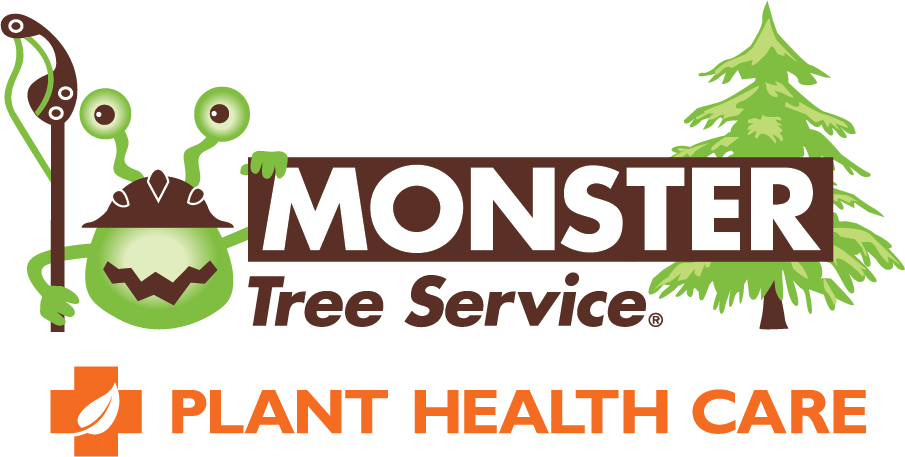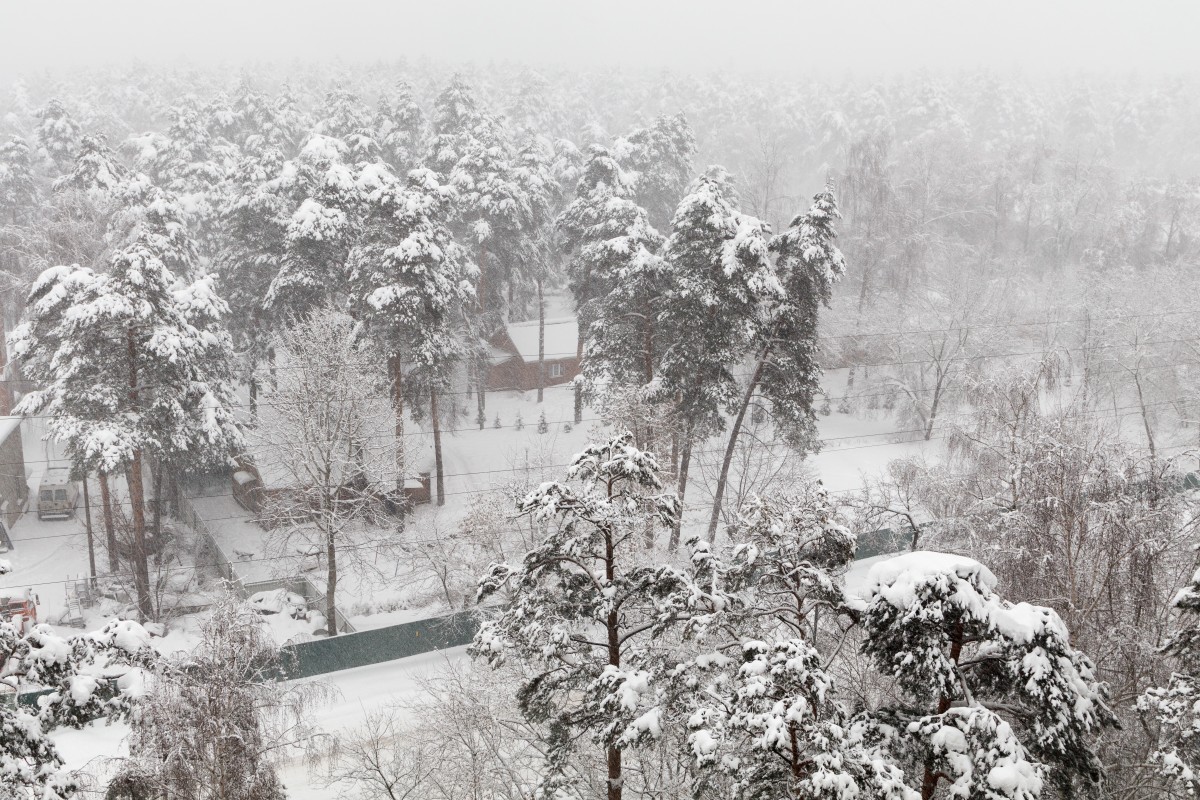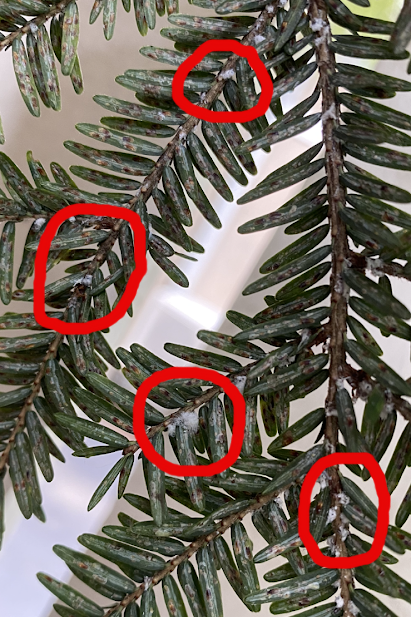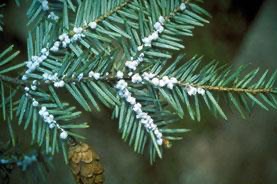Yes, it can be a little chilly performing tree work in the winter, but it is one of the best times to prune and address specific issues in trees. Deciduous trees—those that lose their leaves— go dormant in the winter months. They stop producing new leaves and focus their energy on root growth. This time provides the arborist with one of the clearest views of what is typically hidden under the canopy—making it one of the best times to examine the condition of your branches, major limbs, and bark. While evergreens hold their needles and continue photosynthesizing, they do slow down and stop producing new growth during winter. Both types of trees will rely on stored energy for the colder months. Like trees, nearly all disease and insect pests are dormant during winter. Because of this, pruning cuts created in the winter months are less likely to be exposed to diseases or pests before the healing process begins in the spring. This makes winter an excellent time to prune your trees! During winter, pests and fungi can overwinter [be dormant] in or on trees, shrubs, or their host. While that may give you the shivers, be assured that it also means they cannot hide from an arborist who knows what to look for. Hemlock Woolly Adelgid [HWA] is one pest that is easily identified during winter. By now the HWA insect has laid its eggs and wrapped them in a white wool like sac attached at the base of hemlock needles and all along the twigs. One adult can produce up to 300 new crawlers. Hemlock Woolly Adelgids can cause extensive damage to Eastern hemlocks, which are prevalent in our area. The adelgids feed primarily on the twigs but can attack needles. The needles may become discolored or drop prematurely, branches may start dying, and the trees growth may become stunted. Unlike deciduous trees, the needles of hemlocks will not grow back after they drop. HWA can also reduce the trees’ ability to take up and retain water, leading to further decline. In addition, the adelgids can introduce a fungus that can cause further damage. The NYS Department of Environmental Conservation lists HWA as an invasive species. It can now be found all over the state of New York, but especially in WNY and Finger Lakes due to our native lands and planted hemlocks. |












